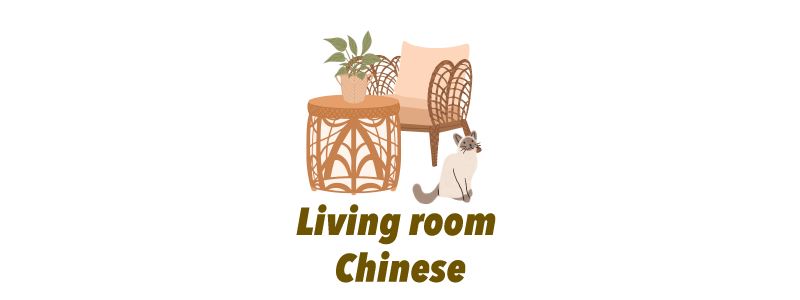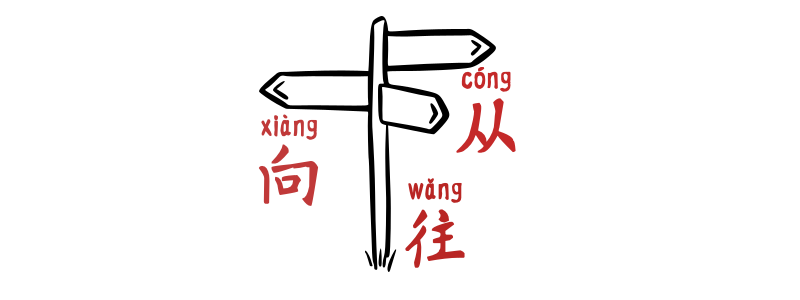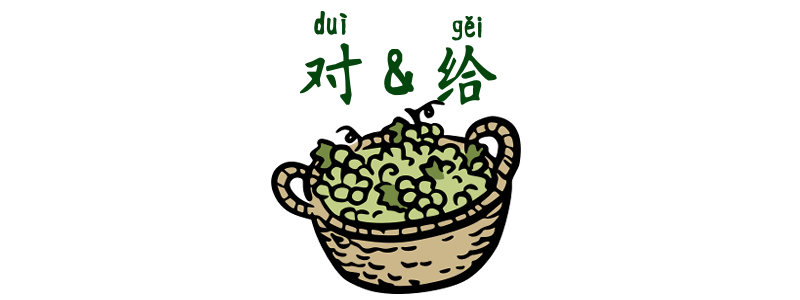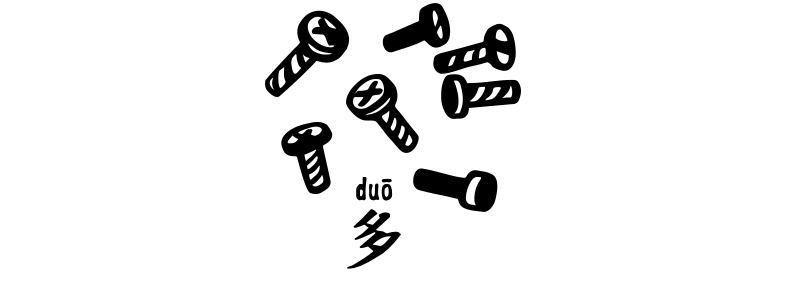Looking at symptoms alone seems a bit boring, so let’s dive into various symptoms along with some basic knowledge of Traditional Chinese Medicine! Sick – 生病 shēngbìng Ache: Traditional medicine believes that the primary reasons for ache are as follows: firstly, “no flow leads to pain,” and secondly, “lack of nourishment leads to pain.” “No…
Category: HSK 2
Intentionally – gùyì
Grammar Point:故意 gùyì is an adverb in Chinese that means “intentionally” or “on purpose.” In sentences, it often appears before the verb to clarify that the action was not accidental but was carried out with a specific intent. Structure S + 故意 gùyì + V 他tā故意gùyì把bǎ我的wǒde咖啡kāfēi弄nòng倒dǎo他tā故意gùyì把bǎ我的wǒde咖啡kāfēi弄nòng倒dǎoHe intentionally knocked over my coffee. 你nǐ是不是shìbúshì故意gùyì的de? 你nǐ是不是shìbúshì故意gùyì的de? Did you…
“Re-” in Chinese – chóngxīn
Grammar Point:The word 重新 chóngxīn in Chinese can be translated to “again,” “anew,” or “re-” in English. It is often used to indicate the repetition or renewal of an action or state. Structure S + 重新 chóngxīn + V 請qǐng重新chóngxīn啟動qǐdòng電腦diànnǎo请qǐng重新chóngxīn启动qǐdòng电脑diànnǎoPlease restart the computer. 忘掉wàngdiào過去guòqù, 我們wǒmen重新chóngxīn開始kāishǐ好hǎo嗎ma? 忘掉wàngdiào过去guòqù, 我们wǒmen重新chóngxīn开始kāishǐ好hǎo吗ma? Can we start over and forget the past?…
“Again” in Chinese Grammar
Grammar Point:Both 再 zài and 又 yòu indicate the repetition of the same action and can be translated to “again” in English. However, 又 yòu is used when the repeated action has happened again and there is often a 了 le at the end of the sentence. In contrast, 再 zài is used when the…
Living Room Vocabulary
But if we’re only discussing vocabulary, it could be a bit dull, don’t you think? Let’s spice it up by incorporating some Fengshui concepts! These principles are rooted in Fengshui beliefs and aim to create a harmonious home environment. It’s important to remember that Fengshui is a personal practice, and different Fengshui practitioners may have…
The Chinese Family Tree
Family Grandparents Dad’s side Mum’s side Using the character 外 wài in Chinese shows “outside” in talking about family members highlights how families used to be mostly focused on the father’s side in the past. This was common due to the way families were organized. However, things change over time. In Taiwan, younger people seem…
Ordering 1
咖啡 kāfēi 美式měishì咖啡kāfēi美式měishì咖啡kāfēi Americano 🔊아메리카노 – アメリカーノ 拿鐵nátiě拿铁nátiě or 拿堤nátí拿堤nátí Latte 🔊라떼 – ラテ 摩卡mókǎ摩卡mókǎ Mocha 🔊모카 – モカ 焦糖jiāotáng瑪奇朵mǎqíduǒ焦糖jiāotáng玛奇朵mǎqíduǒ Carmel Macchiato 🔊카라멜 마끼아또 – キャラメル マキアー 卡布奇諾qiǎbùqínuò卡布奇诺qiǎbùqínuò Cappuccino 🔊 카푸치노 – カプチーノ 茶 chá 紅茶hóngchá红茶hóngchá Black tea 🔊홍차 – 紅茶 綠茶lǜchá绿茶lǜchá Green tea 🔊녹차 – 緑茶 奶茶nǎichá奶茶nǎichá Milk tea 🔊밀크티 – ミルクティー 烏龍茶wūlóngchá乌龙茶wūlóngchá Oolong…
向 xiàng, 往 wǎng, and 從/从 cóng in Chinese
Grammar Point:All three of these, 向 xiàng, 往 wǎng, and 從从 cóng can be used to indicate direction or position in Chinese. However, they have slightly different nuances and usages: 向 xiàng It is used to indicate a specific direction or the target of an action. It can also be used to express “towards” or…
Basic Duì and Gěi in Chinese
Grammar Point:The common function between the Chinese words 對对 duì and 給给 gěi is that they can both be used as prepositions to introduce the target object. 對对 duì In Chinese, 對对 duì can have various meanings and functions depending on the context, but when using it as a preposition, it means “to” or “towards”…
“More than” in Chinese – duō
Grammar Point:In Chinese grammar, 多 duō can be used to express a number in excess of a certain amount by adding it to the end of the number. It is translated as “more than…” in English. Structure Number + 多 + Measure word + N We place 多 duō before the measure words when 多…








